Dupa plasarea solicitării de comandă, in sectiunea Istoric puteti vedea cate solicitări de comandă mai avem de procesat inaintea dumneavoastra
Program de lucru: Luni - Vineri 9:00 - 18:00, pauza 13:00 - 14:00.
Se efectueaza lucrari de mentenanta la site si pot aparea erori. In cazul in care intampinati erori va rugam sa reincercati mai tarziu.
Ridicarea personala este disponibila pentru comenzile achitate in avans. Se pot ridica dupa ce sunt pregatite.
Niciun produs
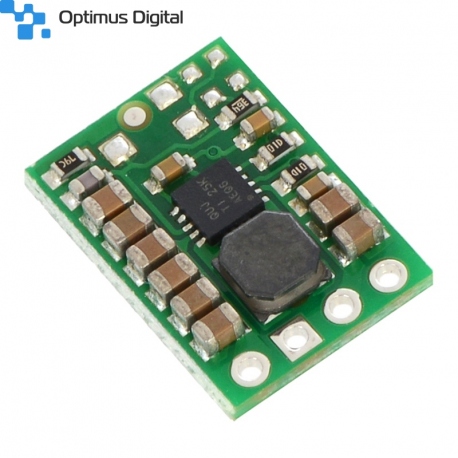 Mărește
Mărește
Sursă Step-Up / Step Down Pololu S7V8F3 de 3.3 V
0104110000010407
Produs nou
Regulatorul de tensiune step-up / step-down S7V8F3 de la Pololu este un regulator de comutare (numit și comutator de alimentare comutată (SMPS) sau convertor DC-to-DC) care folosește o topologie de tip buck-boost.
Acest produs nu mai este in stoc
- Elimina acest produs din lista mea de favorite.
- Adauga acest produs la lista mea de favorite.
- Imprimă
Informații
Caracteristici
- tensiunea de intrare: de la 2,7 V la 11,8 V
- ieșire fixă de 3,3 V cu o acuratețe de + 5 / -3%
- Curent tipic de ieșire continuă: 500 mA până la 1 A în majoritatea combinațiilor de tensiuni de intrare și ieșire Tensiuni (curentul continuu de ieșire continuă depinde de tensiunile de intrare și de ieșire, vezi secțiunea Eficiență curentă și ieșire mai jos pentru detalii.)
- funcția de economisire a energiei menține o eficiență ridicată la curenți slabi (curentul liniar este mai mic de 0,1 mA)
- protecție integrată la temperaturi exterioare și scurtcircuit
- dimensiune mică: 0,45 "x 0,65" x 0,1 "(11 x 17 x 3 mm)
Recenzii
Foarte bun
Isi face treaba.
Clienții care au cumpărat acest produs au mai cumpărat:
-
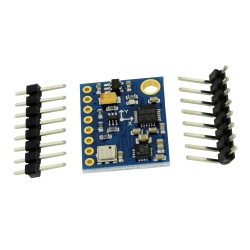
Modul 10 DOF...
Modul 10 DOF bazat pe accelerometrul și...
$16.80
-
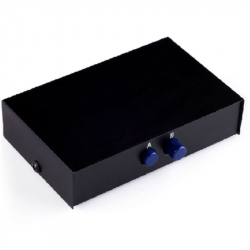
Switch VGA...
Switch VGA cu 2 porturi
$4.80
-
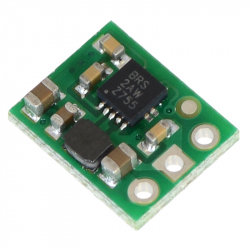
Sursă Pololu...
Sursă Pololu step-up U1V10F3 de 3.3 V cu...
$9.60
-
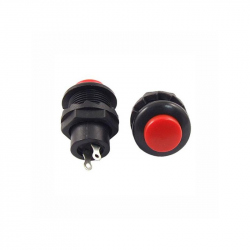
Intrerupator...
Intrerupator Rotund Push cu Retinere
$0.29
-
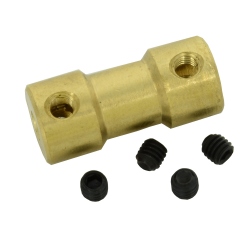
Hub de...
Hub de Cuplaj de la 3 mm la 3 mm
$1.44
-
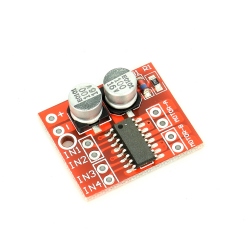
Modul Driver...
Modul Driver de Motoare Dual în Miniatură este...
$0.90
-

Modul Senzor...
Senzor de prezență fiabil ce poate detecta...
$1.44
-
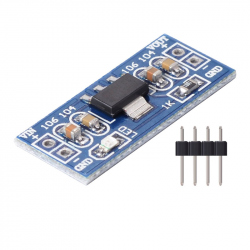
Modul cu...
Modul cu stabilizator de 3.3 V.
$0.96
-
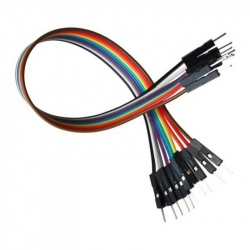
Fire...
Set Fire Tată-Tată (10p, 20 cm)
$1.08
-
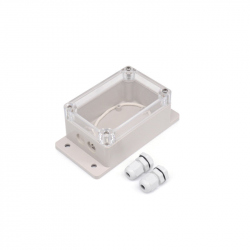
Carcasa...
Carcasa Rezistenta la Apa IP66
$7.20








